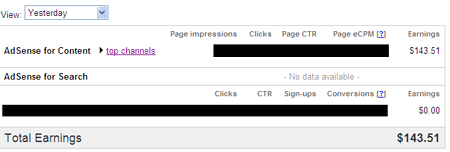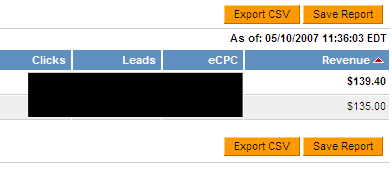As I mentioned yesterday, I will be giving an overview for new bloggers of what they should be doing in week one and break each day (Monday through Friday) into individual posts throughout this week and maybe next week. So if you are new to the blogging world or you want to clean your own site up, be sure to pay special attention to this series as it will help you have a successful blog or web site.
Full Speed Ahead
Search Engine Optimization (SEO) is a long-term maintenance activity, something you do throughout your online life. It is made up of both productive spells and waiting periods. Sometimes it’s hot, and other times it’s not. Your SEO plan should be designed so that your waiting time (waiting for other web site owners to get back to you, waiting for the search engines to notice what you’ve done, etc.) isn’t spent doing nothing. Rather, you’ll use this time to take on new initiatives. And even though you’ll constantly move into new SEO territory as the plan progresses, you’ll periodically come back to revisit and continue the work you started in earlier weeks.
As we begin Week 1 of your first week of blogging, you want to take the following into consideration:
Monday: Page Titles
Today, you’re going to take a stab at writing unique and compelling page titles for each of your landing pages.
Remember, as I mentioned yesterday, have a sheet of paper or a log to keep you in tune with your goals and keywords as you write them down. This will help you in the future when you are testing new things or you are starting a second, third or tenth site.
Effective Page Title Do’s
DO keep it short. Like a telephone answering machine that cuts you off before you finish talking, most search engines display only 40 to 60 characters in the listing title. So to get your message across, you should include important keywords toward the beginning of the title and make sure that the first 40 to 60 characters of your title form a complete thought. Keep in no longer than 8 words.
DO include your keywords. Your page title is important in the ranking algorithm, so it must include your target keywords! Since your space is limited, focus on the two to three key terms that you previously matched with your landing page. Feeling a bit squeezed by the 40 to 60 character cutoff? Remember that you can combine keywords to save space.
For Example:
Learn to Blog and Earn Money= Learn to Blog, Earn Money, Learn to Blog and Earn Money, Blog and Earn Money, etc.
DON’T overdo it! First and foremost, you want to connect with your intended audience. Excessive keyword repetition is a short-sighted strategy. Is this a marketing message or a synonym sandwich?
Remember to think of the big picture! Your approach to site optimization will affect more than just ranks…it will also affect your readers’ decision to engage and interact with your web site or blog
DO include your name. Although I do not recommend this for every title in your blog, your blogs or web sites name will not only differentiate your listing from your competitors’, it may earn you more clicks. Maybe your name carries a good reputation with it, or maybe it provides important context, making your listing more attractive or relevant.
DON’T assume your slogan does the job. Even if branding is your only objective, you need to think about whether your slogan contains your targeted keywords and, if so, whether you think it will encourage visits to your site.
DO write unique titles for each page. You’ve got enough competition out there. Don’t add to it by pitting your landing pages against each other with identical page titles.
Since each of your landing pages is already targeting a unique subset of your top-priority keywords, you can always find a different angle for each page title. Give each of your landing pages the chance to shine on its own.
DON’T duplicate site navigation in the title. Whether generated automatically or written by hand, page titles are often used as a place to mirror the navigational structure of a site. I won’t say never for this because, if your site sections are named well, it can be an effective way to display keywords. For example, a furniture store might have a landing page titled “Frank’s Furniture – Patio Furniture – Wicker.” This works—the navigation text is very brief and includes target keywords. But most sites aren’t built this way, and you don’t want words like “Index,” “Main Page,” or “Our Products” to take up space that’s best reserved for your targeted marketing message.
Hopefully these Do’s and Don’ts for your first day on the job, or blog, help. Because the importance of titles, I wanted to be sure you started with this first when looking to create an effective and optimized web site.
If you liked this post, be a nice person and buy Jane a beer.
![]()




